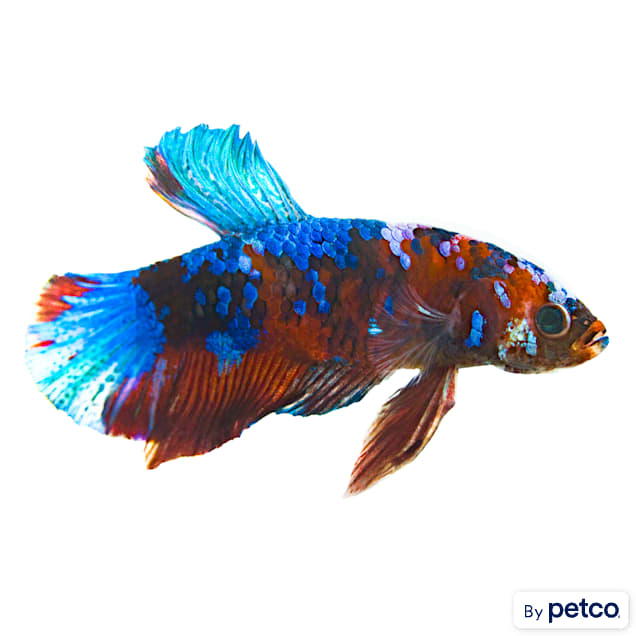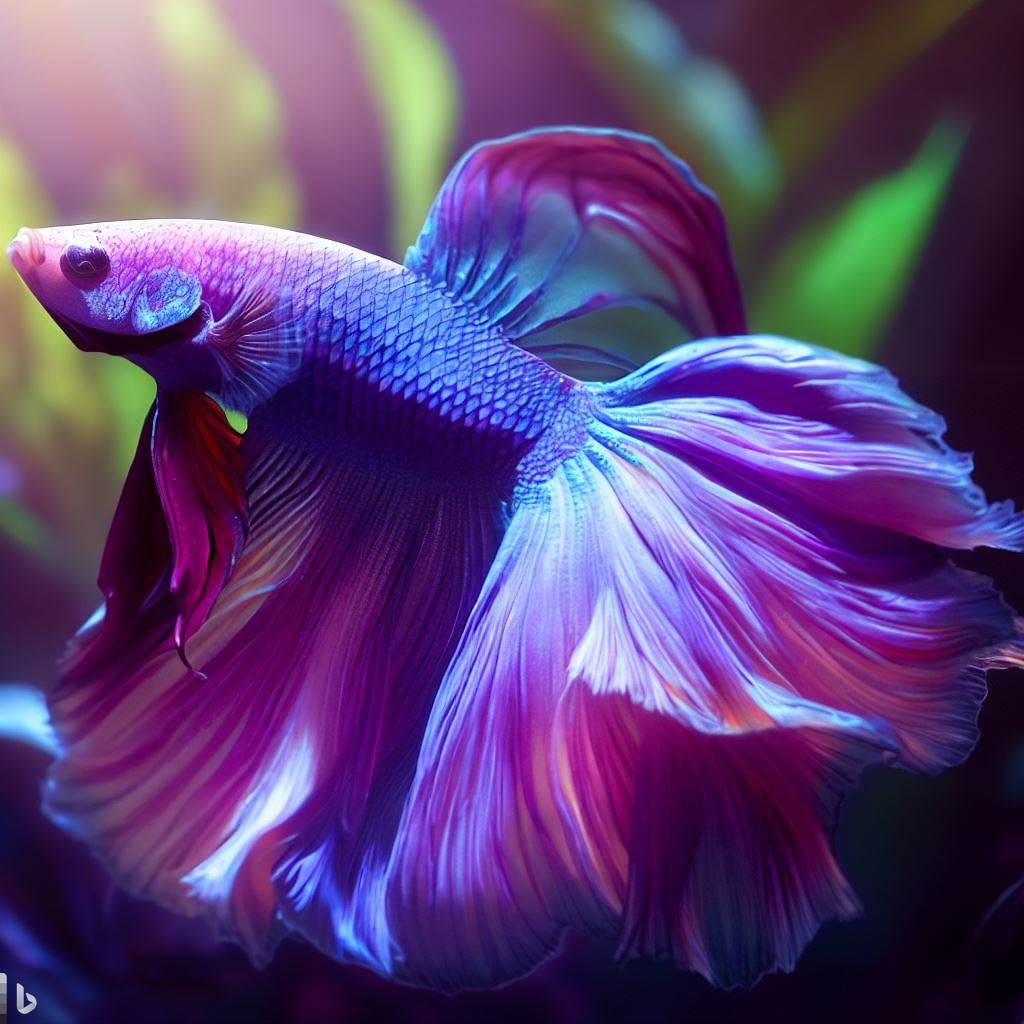Just how to Select the Right Betta Fish for Your Aquarium
Just how to Select the Right Betta Fish for Your Aquarium
Blog Article
Just How to Reproduce Betta Fish Effectively: Specialist Strategies and Insights for Hobbyists Looking to Expand Their Betta Collection
Reproducing Betta fish needs a nuanced understanding of genes and environmental problems, making it necessary for enthusiasts to approach the procedure with both diligence and treatment. Developing an ideal breeding environment, choosing the appropriate sets, and observing the ins and outs of their courtship habits are fundamental actions that can substantially impact the result. Moreover, the subsequent treatment of the fry is vital for guaranteeing their healthy advancement. As we check out these vital components, it ends up being clear that effective breeding is not just concerning the initial pairing yet encompasses a wider approach that benefits cautious factor to consider.
Recognizing Betta Fish Genes
Understanding the genetics of Betta fish is important for successful breeding, as it affects qualities such as shade, fin shape, and behavior. Betta fish exhibit a diverse variety of shades and patterns, mainly established by their genetic make-up. The key genetics liable for pigmentation include the "B" gene for blue, "D" genetics for red, and the "C" gene for color intensity. Breeders can manipulate these traits by choosing particular moms and dad fish that display wanted features.
In addition to coloration, fin morphology is an additional significant aspect of Betta genetics (betta fish). The sizes and shape of fins are influenced by different genetics, including those that determine whether the fins are short, long, or veil-shaped. Comprehending these genetic variants assists breeders forecast the phenotypic outcomes of their children
In addition, behavioral characteristics such as aggression and territoriality can additionally be influenced by genes. These actions play an essential duty in the reproducing process, as they can impact generating success and the total personality of the resulting fry. By comprehensively understanding these hereditary concepts, dog breeders can make informed choices, eventually boosting their breeding programs and accomplishing preferable results.
Preparing the Reproduction Setting
Developing an optimum breeding setting is important for the effective reproduction of Betta fish. The first step in preparing this environment is to choose an ideal breeding tank, preferably varying from 5 to 10 gallons.
Next, think about making use of a sponge filter or an air rock to provide gentle water circulation without developing strong currents that can emphasize the fish. It is vital to set up plants or breeding cones to offer concealing areas and promote convenience for the lady during the spawning process. Drifting plants, such as Java moss or water sprite, can likewise develop a more natural surroundings while helping with bubble nest building by the male.
Before introducing the breeding sets, ensure the water is conditioned and without damaging chemicals, such as chlorine or heavy metals. betta fish. Normal water changes must be conducted to maintain optimal water high quality, enhancing the opportunities of effective reproduction. With these prep work in place, the breeding environment will certainly support the health and wellness and wellness of both Betta fish
Selecting Reproduction Pairs
Picking see post the appropriate reproduction sets is vital for achieving successful Betta fish recreation. Healthy and balanced Betta fish exhibit dynamic colors, clear eyes, and active habits.
Temperament is an additional crucial consideration, as Betta fish are known for their aggressive nature. It is suggested to choose a male and lady that exhibit compatible temperaments to lessen tension during the reproducing procedure. A calm male can motivate a smoother courtship, while a woman that is as well hostile may disrupt the process.
Hereditary history likewise plays a substantial duty in the quality of the offspring. Reproducing fish that are genetically varied can minimize the threat of hereditary health concerns and improve the total vigor of the fry. It is beneficial to look into the family tree of both the male and woman, concentrating on desirable attributes such as fin type, color scheme, and dimension.
The Reproduction Refine
The reproduction process of Betta fish requires mindful preparation and attention to information to ensure an effective outcome. It is crucial to prepare an ideal breeding storage tank, preferably a 5-10 gallon aquarium with a temperature level maintained at 78-80 ° F. The storage tank must be equipped with a heater, filter (preferably sponge type to avoid strong currents), and lots of water plants for the woman to hide.
Once the environment is set, introduce the chosen breeding pair to the tank, allowing them to adapt. Observe their actions; the man will certainly display sophisticated courtship rituals, consisting of flaring his fins and building a bubble nest. If the female reveals passion, she will certainly present upright red stripes suggesting readiness for spawning.
When the female is responsive, the set will involve in a mating embrace, throughout which the male fertilizes the eggs. Maintaining optimal water problems during this duration is necessary for the growth of healthy and balanced Betta fry.
Caring for Betta Fry

Feeding Betta fry is important, as they require a diet high in protein. They can be fed infusoria or fluid fry food, transitioning to Source carefully smashed high-quality pellets as they grow. Feed little parts numerous times a day to urge healthy growth without overloading the storage tank with this content leftover food.

As they grow, monitor their development closely and divide any type of hostile individuals to stop damage. By providing a supporting environment and appropriate nourishment, hobbyists can efficiently increase Betta fry right into dynamic, healthy and balanced fish, eventually boosting their breeding undertakings.
Conclusion
Effective Betta fish breeding needs thorough attention to hereditary selection, environmental problems, and take care of the fry. By comprehending the genes of Betta fish and preparing an appropriate reproduction setting, hobbyists can improve the opportunities of producing lively, healthy and balanced offspring. Choosing suitable reproduction pairs and carefully monitoring the courtship and spawning procedures are essential. Supplying optimum care for the fry ensures their healthy and balanced development, contributing to a growing Betta collection.
Report this page